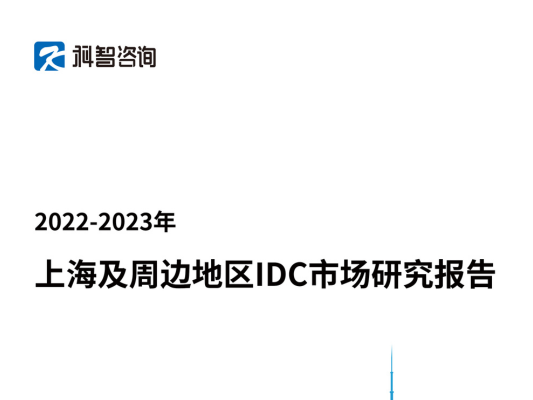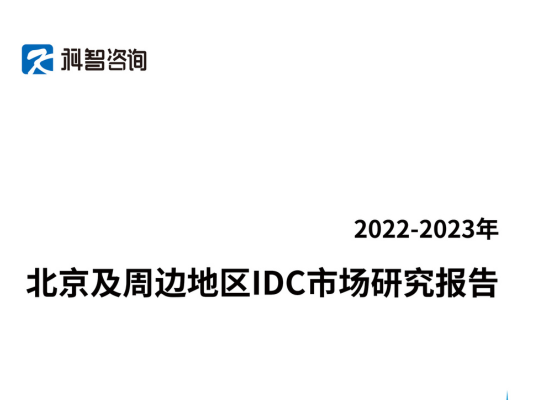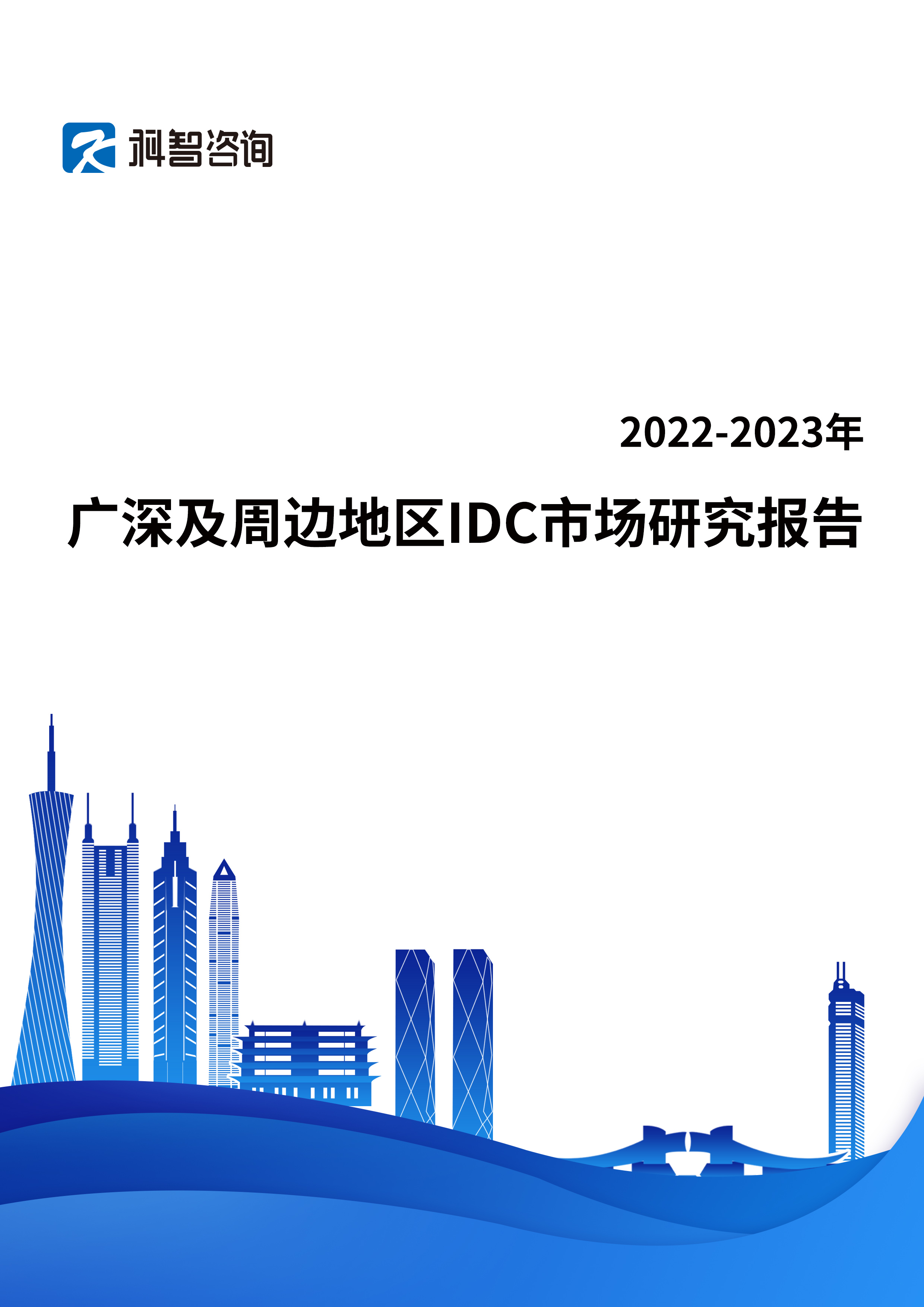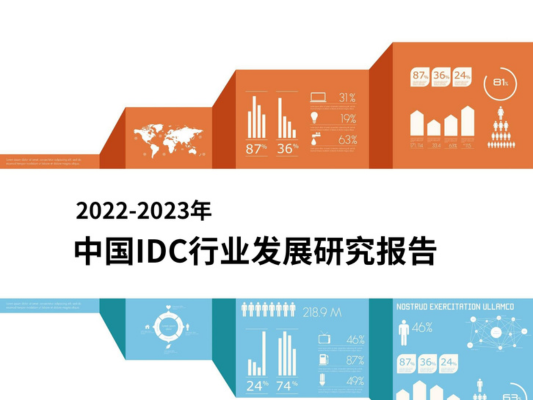Cities are becoming densely populated and urbanized. More and more people are living closer together, and changing climate trends pose more threats to citizens. Congested roads, traffic bottlenecks and the efficiency of public services are all issues of increasing concern in modern cities.
Cities must adapt to these trends. They must do this faster than ever. People in charge of managing the operation and control of cities are increasingly looking for big data to help solve these problems.
With the continuous improvement of the digitization of cities, networked devices, and sensors, as well as the improvement of data collection and analysis capabilities, it has become easier to understand and predict the trends affecting the lives of ordinary citizens.
Crowd control, transportation
Big data is helping traffic congestion become a thing of the past. By identifying congestion patterns and using these patterns to assist traffic authorities, smart methods for monitoring and managing traffic in large cities are being provided.
The intelligent navigation system may continuously monitor the road and transmit these data to the central control center. This helps provide real-time information about accidents, traffic jams and even emergency services and their movements.
This data can be used for real-time redirect routing. It can be broadcast to people's devices in real time to help quickly understand what is happening around citizens and which areas are best to avoid.
Plotting data around accidents can help identify trends and implement new control measures to minimize the number of accidents at a given location.
Mobile data can help identify areas where public transportation is overly tense and where new routes can be implemented to reduce congestion. Smarter public transportation will operate based on real-time data and may be automated.
Data is a powerful resource for real-time identification of parking problems and helps redirect traffic to different areas.
Security and public safety
Big data analysis can determine the most likely cause of crime, and it can be visualized in different areas of the city.
Data-enabled cities make it easier to fight criminal activities. The data is used to identify areas with high crime rates. Being smarter in this area can allow cities to better predict and prevent crime before it actually occurs.
This allows emergency services to redistribute patrols accordingly to address areas where crime is more likely to occur at any given time.
Multiple data sets can be combined to help manage urban crises, such as widespread urban disasters or natural disasters. By combining sensor data on weather patterns and combining it with population movements and trends, cities can respond to disasters smarter and more effectively.
Big data is valuable at different stages of this process-from prediction and prevention, mitigation, response and recovery.
Plan and effective expenditure
Sensor-driven technology provides an incredibly rich picture of urban movement and behavior. This is very valuable to city planners because it provides a new perspective on the city and can understand different systems together.
Big data helps to identify areas where housing needs to be upgraded. It provides insights on housing pricing and regional differences. This is a way that big data has the potential to restructure the market to better suit ordinary citizens.
An increasing number of sensor data sources enable governments to improve the services they provide to citizens. From taxation to garbage collection, the influx of a large number of data sets provides a huge potential for higher efficiency for each tax.
Many of the conversations surrounding urban planning and smart cities revolve around improving and providing these services while involving people.
Pollution and sustainability
Big data has great potential in urban planning and helps determine policies. The data is used to understand how transportation is used and to plan the development of new systems to redefine the city in which we live.
Big data has fundamentally different characteristics from traditional data sets. It is generated and processed in real time, with detailed scope and higher resolution.
This offers the potential to improve the quality of life of citizens. Using data to provide information for the collective management of urban resources can help optimize policies and plan transportation.
One study I thought of was the Allen Turing Institute, which worked with the Mayor of London to improve London’s air quality. These data items are interesting because they can provide unique insights that can be combined with other data sets (such as sports data), which may provide information for policy decisions, which can have a profound and positive impact on the quality of life in the city.
Conclusion
Big data is having a huge impact on the way cities are managed. More and more data are available, and city authorities are becoming smarter and smarter in centralizing the use of this data.
This is changing the potential of urban services. There are many examples showing that data-driven cities can bring benefits to their citizens.
The next stage is to ensure that supervisors have seamless access to the data to provide deeper analysis to identify patterns that can improve the efficiency of city services.
With the increasing population of cities, cities need to adapt through the integration of big data and interconnection technologies, and continue to provide citizens with safe, comfortable and affordable places to live.
About IDCNova
IDCNova (Website: www.idcnova.com) is registered under the Hong Kong based Digital Intelligence International Company Limited. As the international presence of Zhongke Zhidao (Beijing) Co Ltd, Ditital Intelligence International aimes at establishing IDCNOVA as a professional media and consulting organization focusing on Internet data center and cloud computing industry, with proactive participation in global emerging markets.
IDCNOVA shares the partent company's unparalleled industry resources and influences in China to track the growth of the ecosystem by delivering news and professional advise on data center in China.
English Website: www.idcnova.com
Wechat Account: 
Twitter: @idcnova








